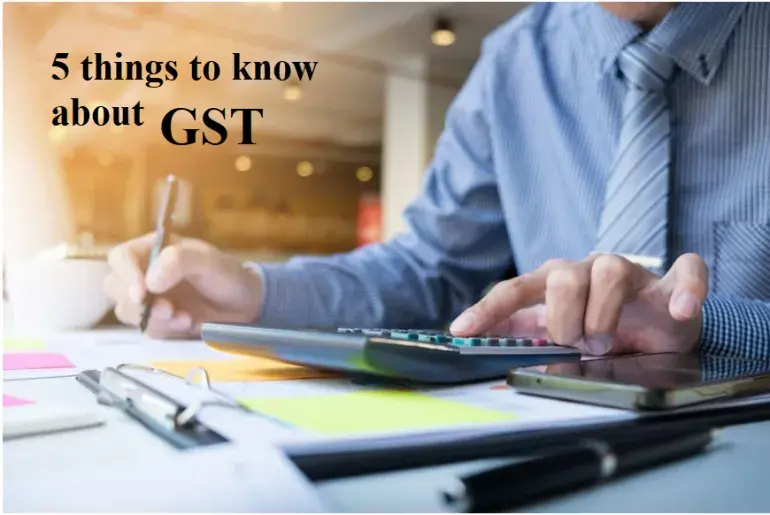Getting GST Ready for your new business? 5 Things You Should Know
GST has been applicable in India since April 2017. Yet many startups or new entrepreneurs want to know the basics of GST, so we are sharing 5 tips to get ready for GST before starting a business.
Invoicing under GST
Generating GST compliant invoices is one of the requirements in the GST tax regime. The invoice will have to be issued within 30 days of rendering the service. GSTN has directed that invoices should be created in a certain format and should furnish details like Supplier’s details, GSTIN, GST tax rates, etc.
In the GST regime, two types of invoices will be issued:
- Tax Invoice – When a registered taxable person supplies goods/services that are taxable.
- Bill of Supply – Instances when the supplier is not allowed to charge any tax and a document called Bill of Supply is issued.
HSN Codes
The Government has segregated nearly 96,000 products into 5 tax slabs, viz., 5%, 12%, 18%, 28%, 28%+Cess, and allotted them particular codes for easy identification and to align the Indian market with the International Standard. Traders should know the HSN Codes of the products they deal in, as this code will have to be mentioned in the issued invoices and it will have an impact on the total tax levied on them.
GST Compliance Calendar
Every registered taxpayer will be required to file GST returns for a specified period. A normal taxpayer will have to provide three monthly returns and one annual return under the GST Law. Similarly, there will be different returns schedules for an assessee registered as a Composite taxpayer, an assessee registered as an Input Service Distributor, or a taxpayer registered as a Tax Deductor, etc. If no business activity has taken place then the dealer has to file ‘Nil’ Return. Returns can easily be filed through the online mode or can also be prepared offline and then subsequently be uploaded. Every taxpayer should know about the various returns that have to be filed, their frequencies and their due dates.
Place of Supply
Determining the place of supply of services would be extremely important during invoicing as GST is a destination based tax. The location of supplier, the location of buyer and the place of supply of service would be crucial in deciding whether the supply is Inter-state, in which case IGST would be levied, or it is Intra-state, in which case CGST and SGST both will be applicable. Furthermore, the location of the supplier and the place of supply of service would also help in deciding the taxability of supply of service.
Cross-utilisation of Credits
Input Tax Credit or ITC is an effective tool to eliminate the cascading effect of taxes. A supplier will be allowed to set off the tax he has already paid on the purchase of goods or services from the output tax while selling such goods. The restrictions of Input Tax Credit utilization in the GST regime are:
- The ITC on account of IGST would be allowed to be utilized for the payment of IGST, CGST and SGST.
- The ITC on account of CGST would be allowed to be utilized for the payment of CGST and then for the payment of IGST. However, ITC of CGST would not be allowed to be used to adjust SGST.
- The ITC on account of SGST would be allowed to be utilized for the payment of SGST and then for the payment of IGST. However, ITC of SGST would not be allowed to be used to adjust CGST.
We are here to make GST easy for you! Get India’s Best Software for GST Return Filing Online.

